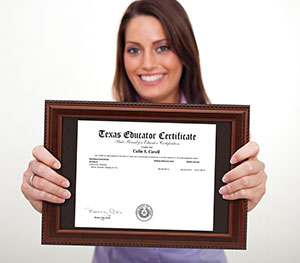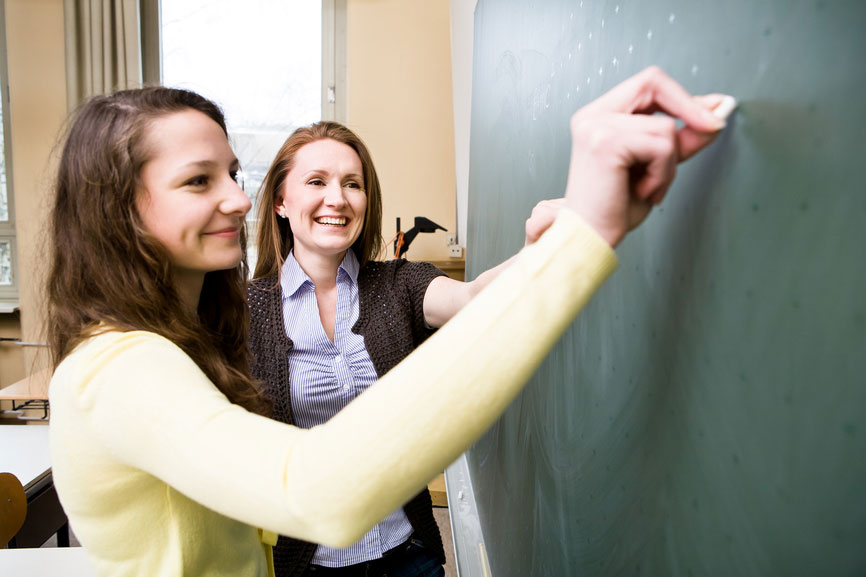Technology in Texas Classrooms
Today's students live in a digital world. It is common to see 2 or 3 year old children playing games on cell phones, Ipads, or tablets. By the time a student begins Kindergarten, he or she may already be familiar with basic computer and Internet skills. Many students are accustomed to using more than one type of technological device simultaneously- for example, sending text messages on their cell phone while playing a game on their Ipad.
Many school districts in Texas, and throughout the world, are making an effort to reach out to digital students and plan instruction that catches their interest with technology. McAllen, Mesquite, and Manor ISD's have all issued Ipads to some of their students. In the classes and/or grade levels using the devices, they report a significant increase in student engagement, and a decline in discipline issues.
Other districts, such as Grand Prairie and Irving, have issued laptops, usually to high school students. Results have been positive. Teachers report increased attention spans for students, and a decrease in inhibition or aversion toward certain subjects. For example, some students who were reluctant to read challenging novels excel in online reading programs.
Even districts that are not participating in “one to one” programs issuing a laptop or Ipad to each student in certain grade levels are finding other ways to engage digital students. Most school districts are investing in“whiteboards,” Elmos, or box lights. Teachers connect these devices to their computers and display websites or files on a large screen. Some of the programs even have interactive features, allowing students to select answers from their seats using a remote control, or coming up to the front of the room using touch screen features.
Tyler ISD began a new initiative in 2008. In addition to providing teachers with laptops, they installed top of the line document cameras in each room. Both students and teachers use the cameras for various subjects. For example, in science, students took pictures at different stages to document the metamorphosis of a caterpillar into a butterfly. The main goal of installing the cameras was to find ways to deter teachers from focusing on lecturing and to create a more interactive learning environment. The results were remarkable. In 2008, only 40% of Tyler ISD students passed the standardized science exam. After only 2 years, that figure rose to 70%.
But what about the research? Is it worth the incredible expense to issue students Ipads or laptops? One recent study conducted by a KIPP charter school shows math scores improved 49% in 8th graders who were issued Ipads compared to their counterparts who were instructed traditionally.
Of course, with any new venture, there are challenges. One of the main obstacles has been getting teachers on board. Some teachers were very eager to use Ipads or laptops in the classroom, but others felt anxious or reluctant. If teachers are not confident in their computer and Internet abilities, they are generally hesitant to use technology in the classroom. Training teachers is critical to ensure successful implementation of using laptops and Ipads effectively in the classrooms. Grand Prairie ISD reported few glitches due to an excellent teacher training program before beginning the program. Another challenge is to keep students on task, instead of using the laptop or Ipad for another purpose. Considering students do not want a pen and paper assignment as an alternative, this problem in probably minimal.
Since these pilot programs have been successful, chances are more school districts will also begin issuing computers to students. It will be interesting to see how education in Texas continues to evolve.










